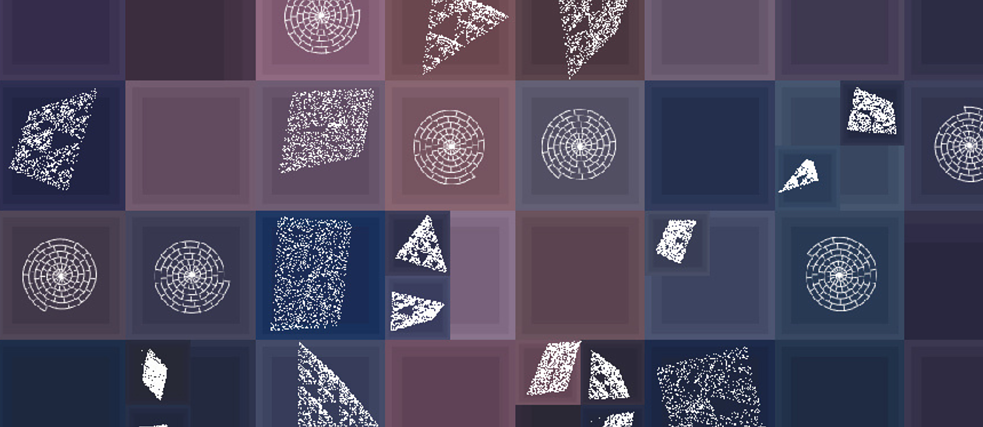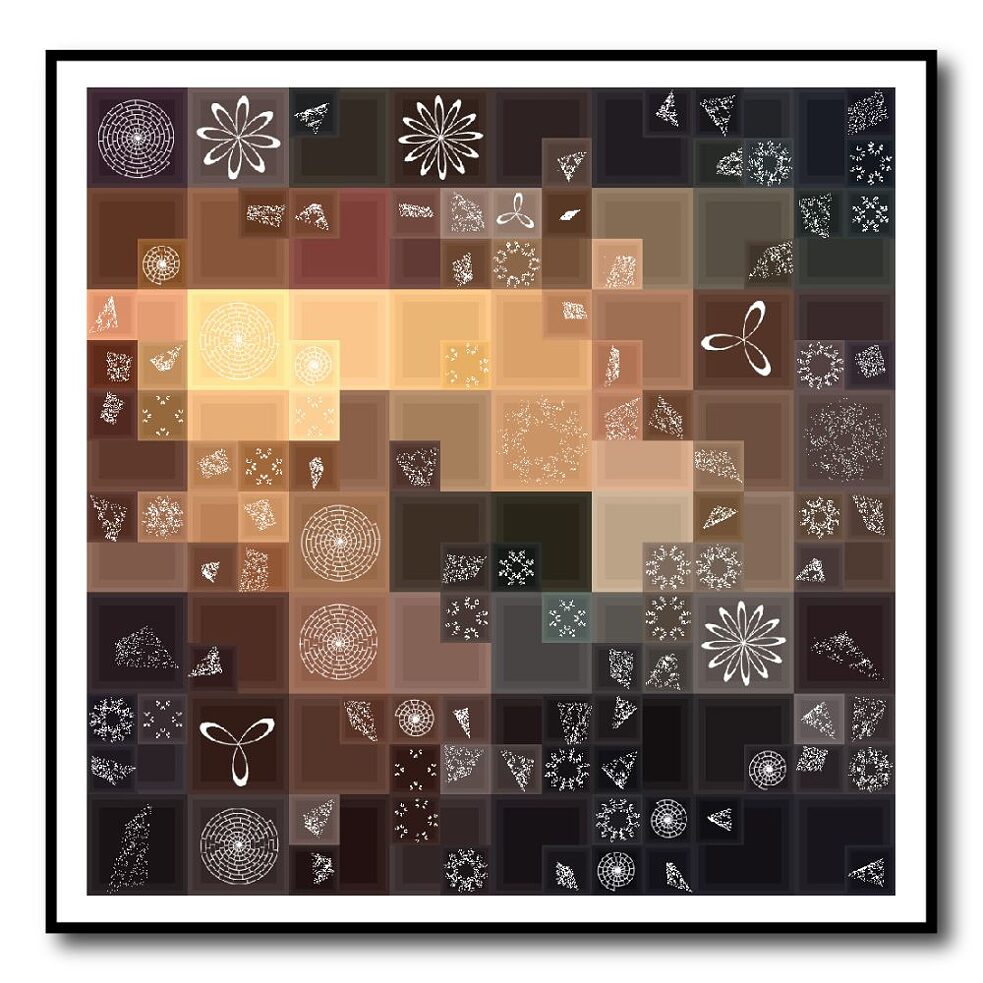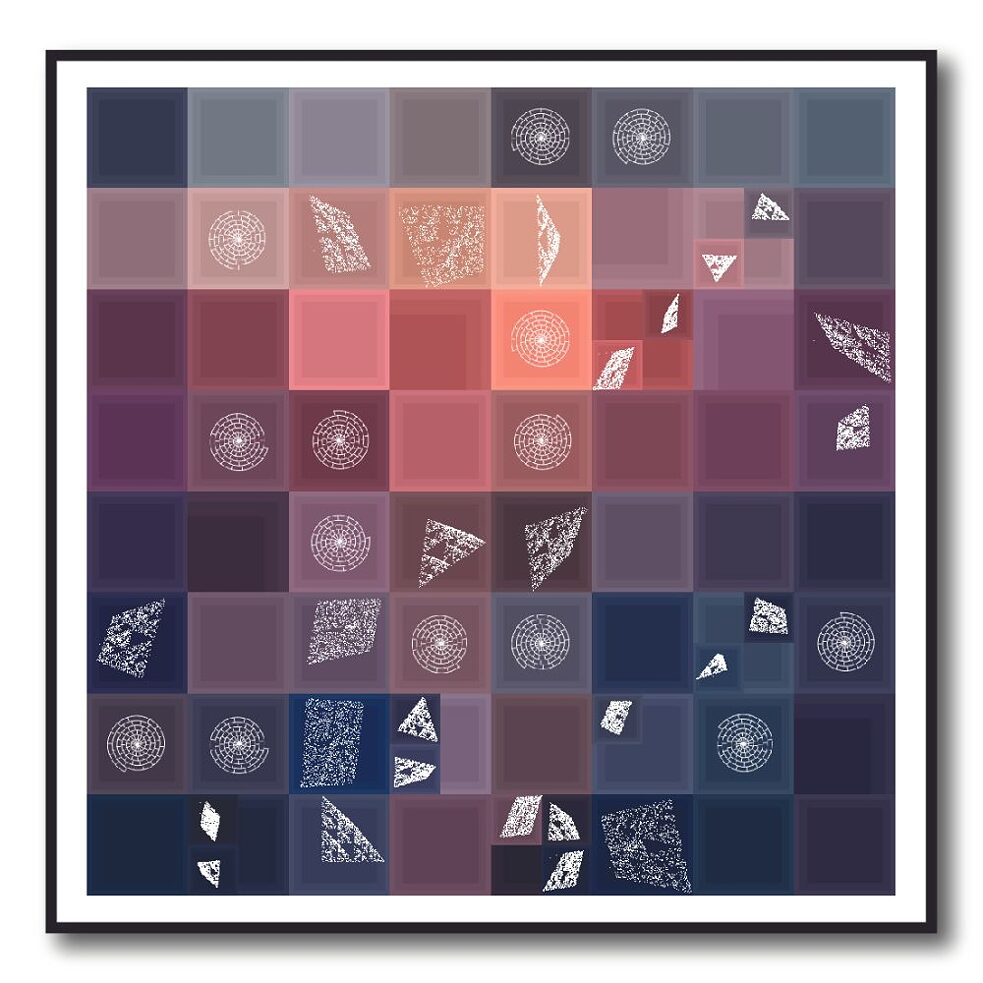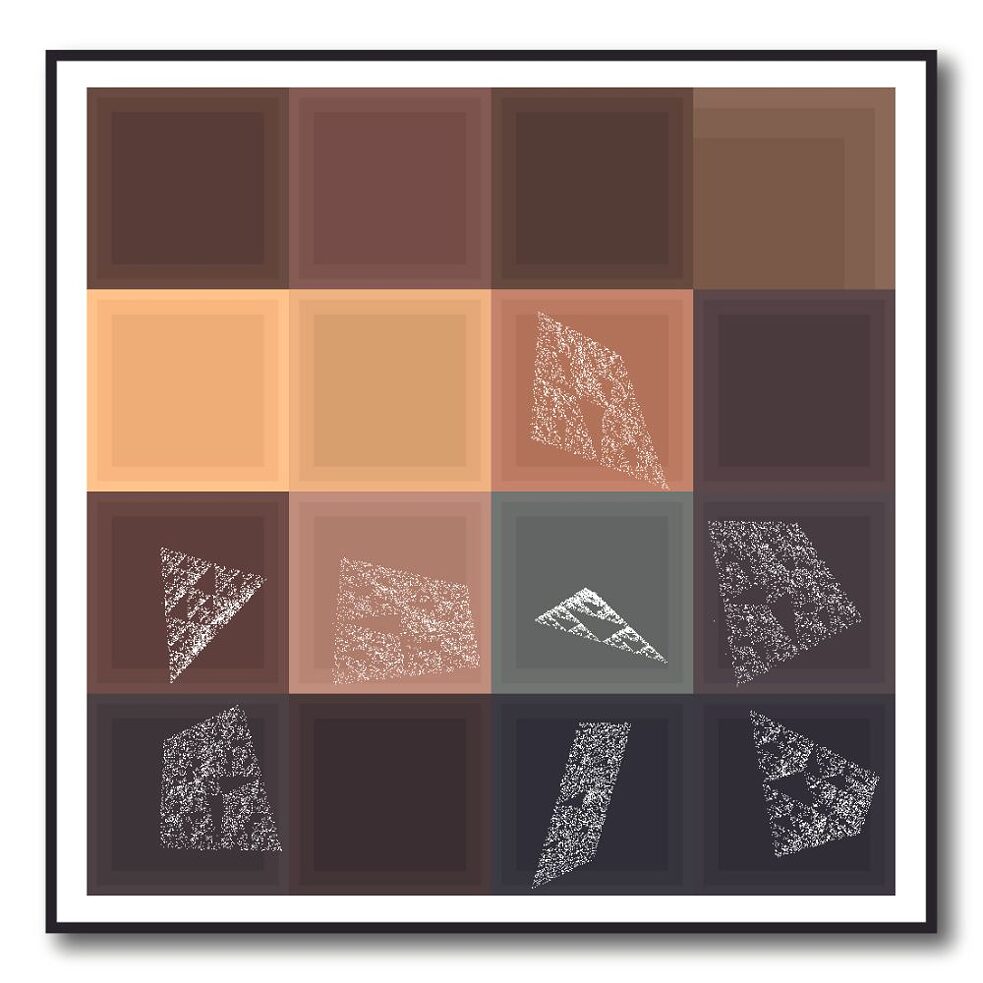Conversation with the Artists
How do NFTs contribute to the support of cultural heritage?
NFTs, or Non-Fungible Tokens, contribute to the support of cultural heritage in several ways:
The project facilitates the tokenization of reimagined patterns inspired by the Indus Valley's cultural richness. Each digital artwork becomes a unique and tradable asset on the blockchain.
The motifs/artefacts that are created in this generative piece have distinct positions and the block printings grids created vary in size in every generation, also the artwork offers a different variety of colour pallets. Each generation reveals different artefacts similar to an excavation site.
What are the future plans for this project?
One interesting future scope is using pixels as a medium to fill colours in the motifs or grids based on photographs. This could involve analyzing photographs and sampling the pixel colour, further blurring the line between traditional and digital art.
NFTs, or Non-Fungible Tokens, contribute to the support of cultural heritage in several ways:
- Digital Preservation of Cultural Heritage: NFTs enable the digitization and reinterpretation of traditional block printing patterns and motifs. By transforming tangible artifacts into digital assets, NFTs ensure the preservation and accessibility of cultural heritage for future generations..
- Authenticity and Provenance: NFTs inherently provide proof of authenticity and provenance. Each digital creation is linked to a unique token on the blockchain, ensuring that it can be traced back to the original artist and source. This enhances trust and confidence among collectors, reinforcing the connection between art and cultural heritage.
- Global Accessibility: NFTs transcend geographical boundaries, making cultural heritage more accessible to a global audience. The use of NFTs in this project broadens the reach of the Indus Valley's artistry, allowing people worldwide to appreciate and own pieces inspired by this ancient civilization.
The project facilitates the tokenization of reimagined patterns inspired by the Indus Valley's cultural richness. Each digital artwork becomes a unique and tradable asset on the blockchain.
The motifs/artefacts that are created in this generative piece have distinct positions and the block printings grids created vary in size in every generation, also the artwork offers a different variety of colour pallets. Each generation reveals different artefacts similar to an excavation site.
What are the future plans for this project?
One interesting future scope is using pixels as a medium to fill colours in the motifs or grids based on photographs. This could involve analyzing photographs and sampling the pixel colour, further blurring the line between traditional and digital art.



